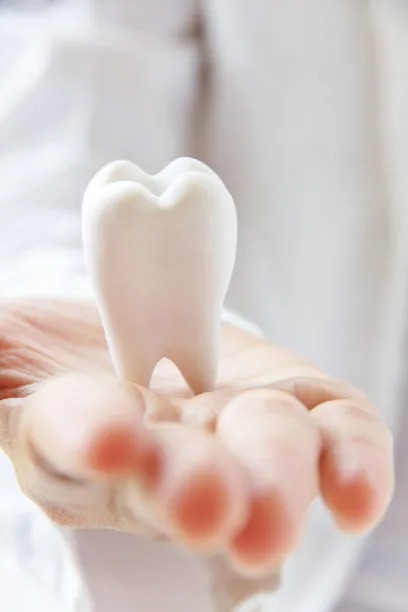Essential Guidelines to Follow Before and After Your Dental Filling for Optimal Oral Health Care
Summary: Dental fillings are an essential aspect of maintaining oral health, particularly after the occurrence of cavities or decay. This article lays out essential guidelines to follow before and after receiving a dental filling, ensuring optimal care and comfort. By adhering to these instructions, patients can mitigate any potential complications, enhance recovery, and maintain good oral hygiene. You will find a structured approach covering preparation, procedure aftercare, dietary restrictions, and signs indicating the need for a follow-up visit, making your dental experience as seamless as possible.
1. Preparing Yourself for the Dental Filling

Before undergoing a dental filling, it鈥檚 crucial to prepare yourself both psychologically and physically. Understanding the procedure can alleviate anxiety, making it easier to face the appointment. Make sure to communicate any fears or concerns with your dentist, as they can provide reassurance, answer your questions, and even offer sedative options if necessary.
It is also advisable to arrange for transportation if you are receiving sedation or anesthesia during the filling procedure. After the appointment, you may feel drowsy, and it is best not to drive yourself home. Planning ahead can spare you from additional stress in an already anxious situation.
Another preparation tip is to make a list of medications you are currently taking. This is critical as certain medications can interfere with the procedure. Sharing this information with your dentist ensures that you receive tailored care and guidance.
2. Understanding the Filling Procedure
The dental filling process involves several steps that are generally quick and straightforward. Once you are settled in the dentists chair, the area around the affected tooth will be numbed using local anesthesia. This important step makes certain that you won鈥檛 feel pain during the procedure, promoting a more comfortable experience.
Next, the dentist will remove the decayed portion of the tooth before preparing it for the filling material. This process usually lasts about 20 to 60 minutes, depending on the severity of the cavity. Understanding what is happening during each stage can ease anxiety and make you feel more in control.
Upon completion of the filling, your dentist may shape it to ensure that your bite feels right. This final adjustment helps prevent any discomfort and maintains the balance of your mouth. Do not hesitate to share feedback with your dentist about how the filling feels during this part of the process.
3. Dietary Guidelines Post-Filling
Once the dental filling is completed, certain dietary restrictions should be followed to promote healing. For at least the first 24 hours, its best to avoid hot foods and beverages, as the anesthesia may prevent you from feeling the temperature properly. This precaution can help avoid accidental burns in your mouth.
Additionally, steering clear of sticky, hard, or chewy foods is crucial in the first few days post-filling. Foods like gum, candy, or tough meats can displace the filling or cause discomfort. Instead, opt for soft foods such as yogurt, mashed potatoes, or smoothies until you feel comfortable with your new filling.
Staying hydrated is equally important, but it鈥檚 wise to follow similar guidelines鈥攁void extremely hot or cold drinks for at least a day. Also, keep in mind that alcohol can undermine the anesthetic effects, so it鈥檚 best to avoid alcoholic beverages right after the appointment.
4. Recognizing Signs for Follow-Up Care
After the completion of your filling, being vigilant for any signs that may indicate complications is paramount. If you experience persistent pain or sensitivity that lasts beyond a few days, it could indicate a problem with the filling or the underlying tooth. Seek dental advice promptly to address any complications.
Another sign to look for is if you notice a change in how you bite. If your filled tooth feels higher than the surrounding teeth, it is essential to return to your dentist for an adjustment. Proper bite alignment is crucial for a comfortable and functional mouth.
Additonally, if you observe any swelling or signs of infection, such as a fever, you should consult your dentist right away. Early detection and treatment help in sustaining long-term oral health, thus avoiding more serious complications later on.
Summary:
Adhering to the guidelines regarding the dental filling process is essential for achieving optimal oral health care. By preparing adequately, understanding the procedure, following dietary restrictions post-treatment, and recognizing potential signs indicating the need for follow-up, you can ensure a smoother recovery and maintain your dental well-being.
This article is compiled by Vickong Dental and the content is for reference only.


